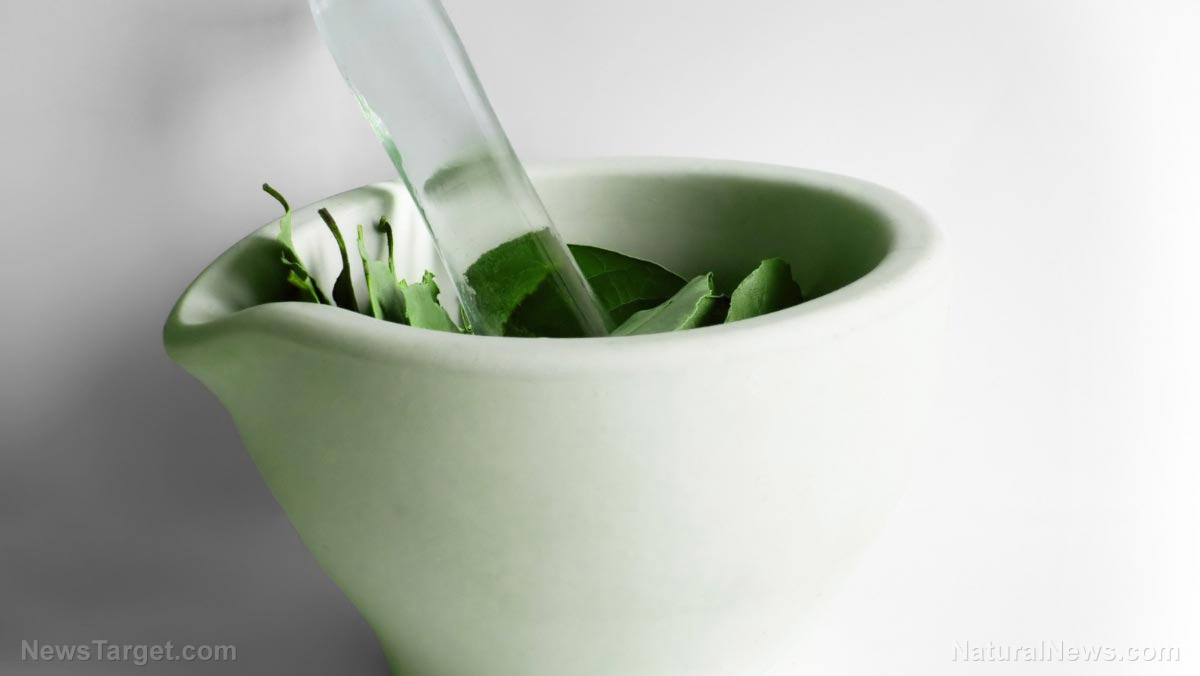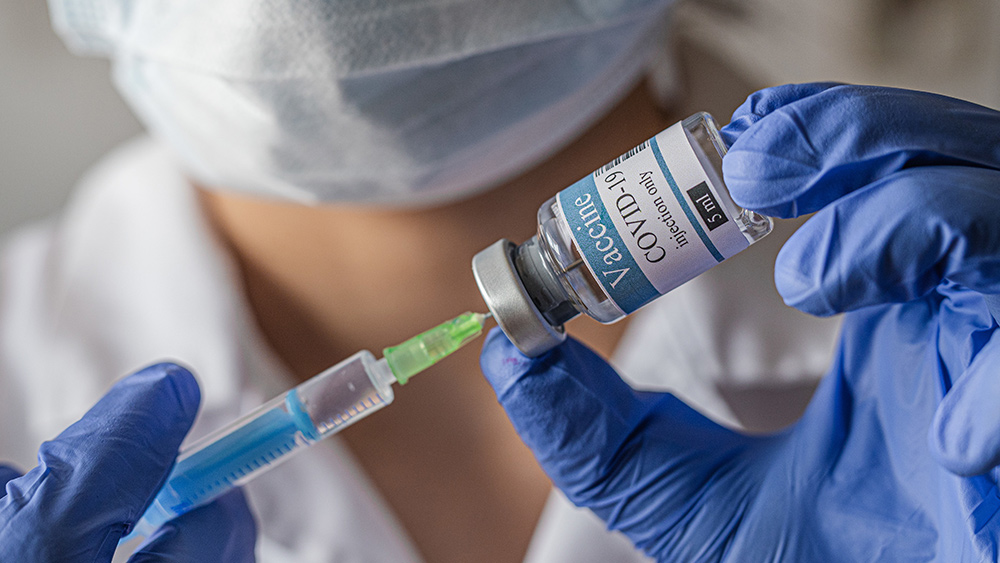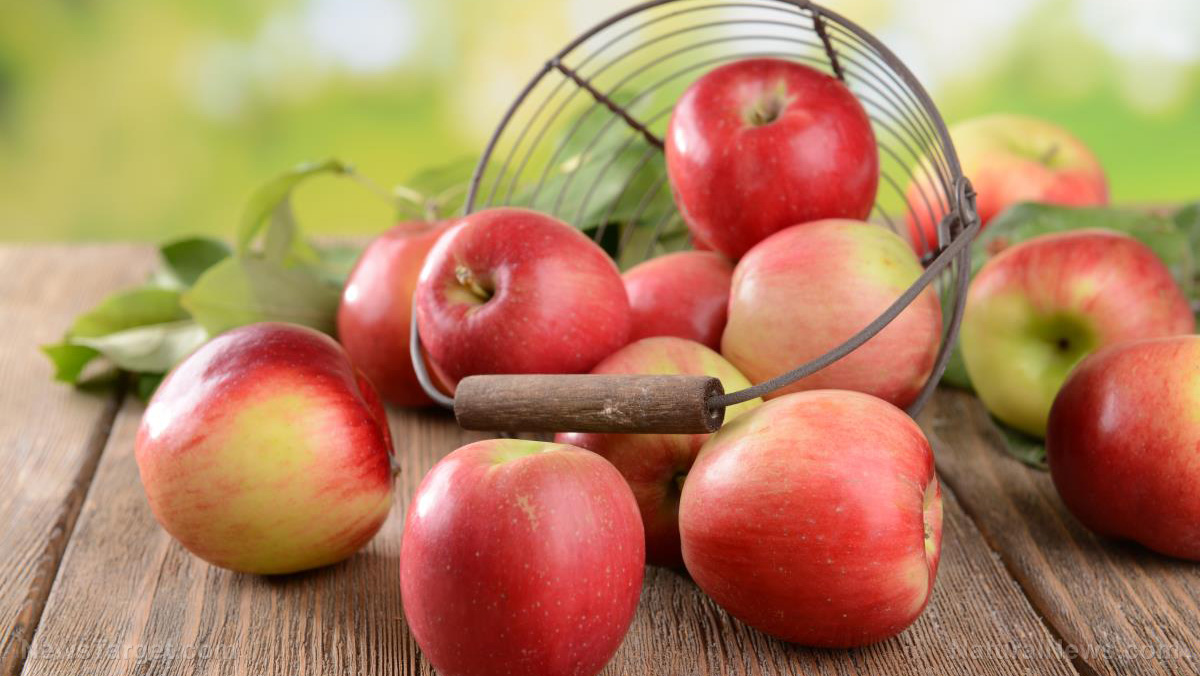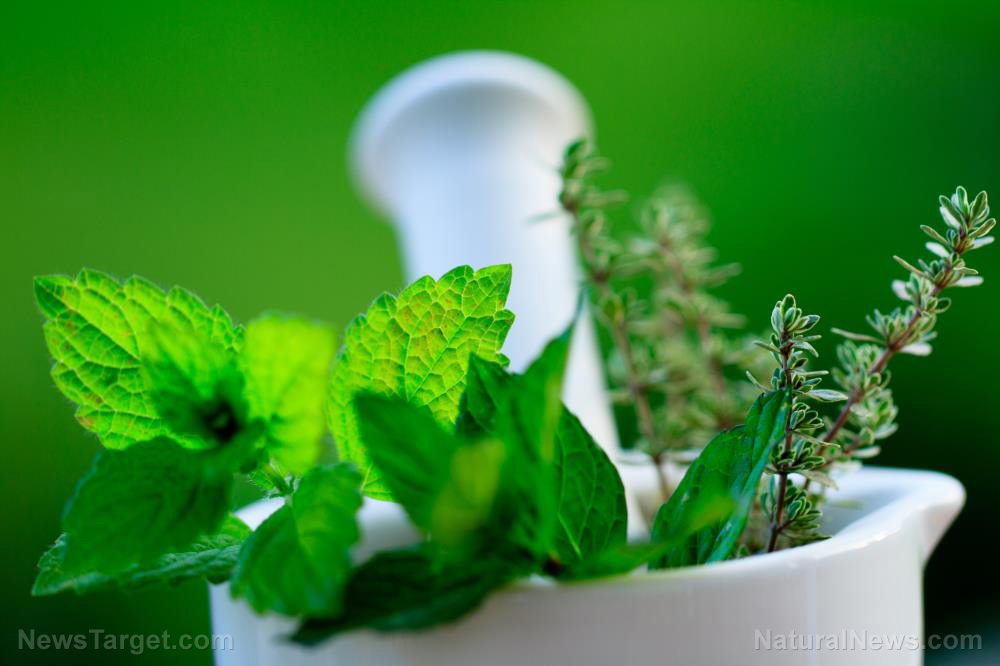How to use and plant lemongrass, a powerful medicinal plant
06/03/2020 / By Divina Ramirez
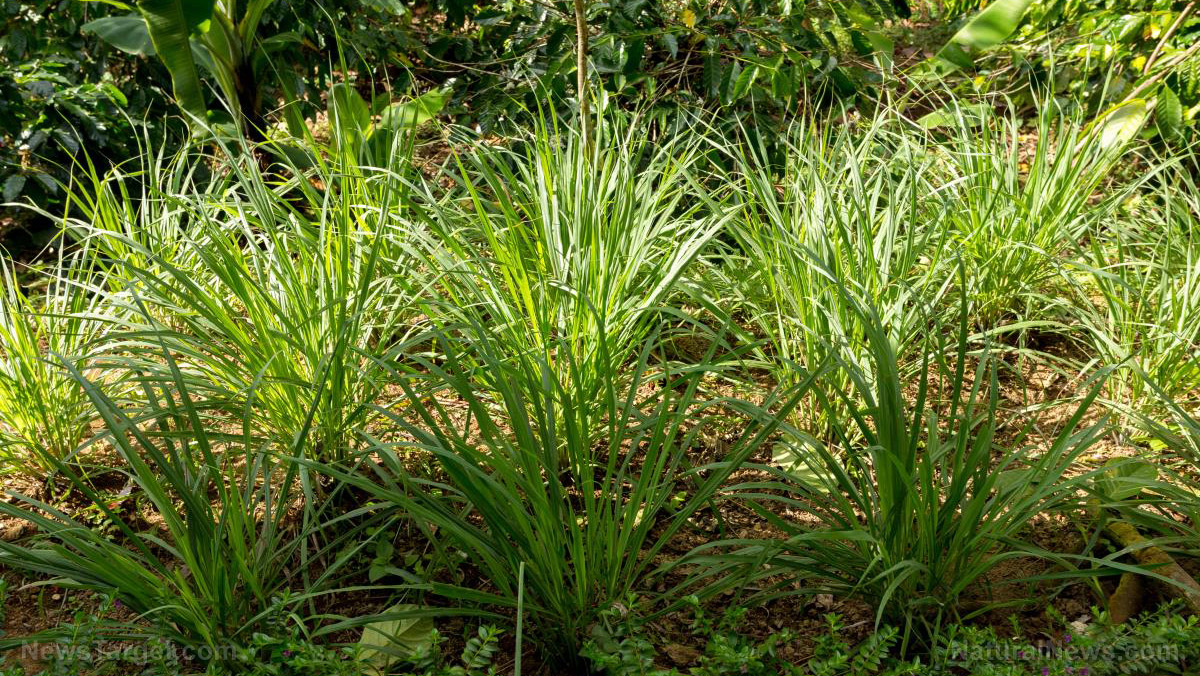
Lemongrass is an aromatic tropical plant with long, slender blades. These blades can grow up to five feet tall in the wild, often out-competing other weeds for soil nutrients.
Although sometimes seen as a weed itself, lemongrass is used for its therapeutic properties in different kinds of traditional medicine. The plant itself is native to Australia, South Asia and Southeast Asia, but it is now cultivated in North America as well.
The medicinal uses of lemongrass
As the name implies, lemongrass is known for its distinct lemon-like smell and flavor. It is because of this flavor that the plant is used in all sorts of dishes.
In India, China, Thailand and Vietnam, for instance, the soft, inner core of the lemongrass plant is often used as a natural flavoring agent for soups, curries, desserts and other foods.
In parts of South Asia, on the other hand, lemongrass stalks are brewed to create herbal teas for the treatment of chills, stomachaches, irregular menstruation, diarrhea and minor skin infections.
Here are the other medicinal uses of lemongrass:
- Treats bloating – Lemongrass tea has diuretic effects that help flush out toxins, harmful substances and waste products from the liver and kidneys. This, in turn, helps ease bloating and generalized abdominal pain.
- Prevents infection – Lemongrass has potent antimicrobial properties that neutralize bacteria, fungi and other harmful pathogens. It can be used as a natural antiseptic to clean and disinfect around the house instead of using chemical cleaning products.
- Relieves inflammation – The tough, fibrous blades of the lemongrass plant contain high levels of vitamin A. This essential nutrient functions as an antioxidant to ease inflammation and prevent cellular damage due to disease-causing free radicals.
- Improves mental health – Lemongrass essential oil has soothing aromatherapeutic effects that can help ease stress, enhance mood and reduce brain fog. Just load the oil onto a diffuser and practice deep breathing exercises to maximize its soothing benefits.
- Eases muscle and joint pain – You can also use lemongrass essential oil as a massage oil to treat sore muscles or arthritic joints. Rub the oil on the affected areas and wait for its natural analgesic properties to take full effect. (Related: Natural relief for inflammation: 6 Medicinal herbs for joint pain.)
Planting lemongrass
Lemongrass plants are abundant in the wild. But it’s also possible to cultivate them in edible gardens, much like other medicinal herbs and spices. Here are some tips for planting lemongrass:
- Plant lemongrass in late spring – Lemongrass is a tropical plant used to hot temperatures and a humid atmosphere. You’ll want to plant them in late spring when the weather is hot enough to mimic these tropical conditions.
- Water lemongrass often – Lemongrass plants require consistent watering. It’s important to ensure that the plant has enough moisture to make up for the sun’s intense heat during the summer.
- Use well-drained soil – Well-drained soil retains water without drowning the roots of the plant. This makes it the perfect kind of soil for plants that require constant moisture, such as lemongrass.
- Don’t use insecticides – Lemongrass belongs to a group of plants that are often used to repel mosquitoes, bugs and other insects. As such, lemongrass can ward off pests on its own.
- Prune the plant – Lemongrass can spread throughout a garden bed or burst out of its pot if left unchecked. It’s important to prune the plant often to control and contain its growth.
Lemongrass offers a host of medicinal benefits on top of its uses in the kitchen. Plant them in the garden for a more sustainable and accessible source.
Read more articles about lemongrass and other medicinal plants and herbs at PlantMedicine.news.
Sources include:
Tagged Under: alternative medicine, analgesic, clean food, disease treatments, food cures, food is medicine, food supply, functional food, green living, herbal medicine, Herbs, home gardening, homesteading, lemongrass, mental health, natural cures, natural medicine, nutrients, organics, pain relief, stress relief, sustainable living





